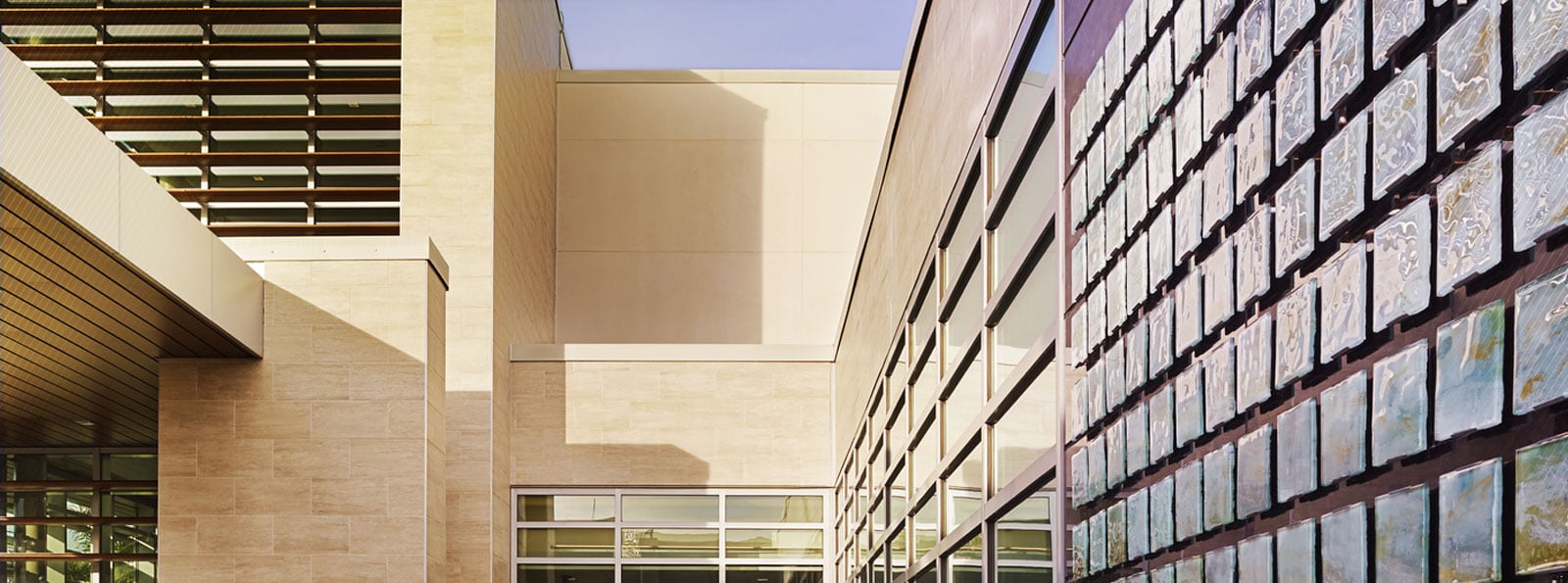
In my previous post, I focused on actions that healthcare organizations can take. In this post, the focus widens to include other stakeholders in the healthcare debate:
Exceed Expectations:
As we collectively move forward in this new healthcare paradigm, it is important for all of us to understand that there are multiple stakeholders that hold high expectations for change as a result of the ACA. We must find greater efficiency and effectiveness through operational innovation.
- Public: The expectation of the public (as outlined in the ACA) is that everyone should be cared for and that care should have less mistakes through more coordination and communication. Better communication and coordination will help with efficiency; an efficient service is appreciated (and expected) by the consumer. As healthcare architects, we need to ensure that our designs not only support, but also facilitate communication.
- Healthcare Administrators: As design professionals, this shifting expectation should include an adaptation of the environment that houses healthcare environments. There should be an expectation that we can work with the providers to understand how the practice is changing (and recognize that everything we do must have an ROI to build better, different buildings to support this new practice.
- Providers: As more physicians are becoming employed by healthcare systems, their expectation for “owning the business” is changing. They recognize that their old business model was too fractured, inherently less efficient, more costly and left too much room for error – and contributed to the need for the ACA. The new business model is one of higher collaboration and offers more security for physicians, but also one that offers them less control over processes and their physical space. Healthcare designers need to develop hospital and outpatient facilities that meet provider expectations through shared support and infrastructure.
Technology Rules:
Why is it that our hospitals and clinics look almost exactly the way they did before the advent of computers? Just about every step of a patient’s visit can be facilitated and improved by design that incorporates new technology. From education to communication, from assessment to observation, from check-in and wayfinding to discharge, let us re-imagine how design combined with technology can improve the patient and caregiver experience. Design and technology should be leveraged to reduce the mundane tasks, and heighten the level of communication to increase the amount of time spent talking with and evaluating a patient.

